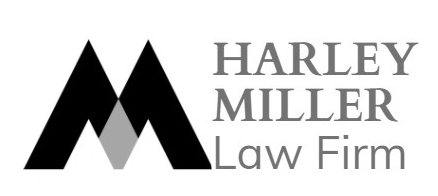Product Certification
Product certification is defined as “a process by which a third party provides assurance that a product, process, or service conforms to specified standards.” Product certification pertains to the issuance of certificates or labels (or both) to demonstrate that a specific product complies with a set of standards defined for that product, usually specified in a standard. Certification marks are often found on the product or its packaging and may also appear on a certificate issued by a product certification body. The mark refers to the number or name of the relevant product standard against which the product has been certified.
Product certification marks can be defined as “marks used to distinguish goods and services that comply with a range of standards and have been certified by an accredited certification body.” The Woolmark symbol – the Woolmark certification mark of The Woolmark Company is a classic example. Woolmark is a quality assurance symbol that signifies products bearing it are made of 100% pure new wool and meet stringent production standards set by The Woolmark Company. This mark is registered in over 140 countries and licensed to manufacturers capable of meeting quality standards in 67 countries.
Evidence of Quality
A product carrying a certification mark provides assurance from a third party that:
- The product is manufactured in compliance with current standards.
- The production process is monitored and controlled.
- The product is subject to inspection and auditing.
- If consumers find a product with a mark that doesn’t meet the published standards, they can approach the product certification body to file a complaint.
Product certification bodies use various evaluation techniques (most of which depend on product testing) to determine whether certification should be granted. Some more comprehensive methods include:
- Product category testing.
- Assessment of factory quality control and reliability.
- Factory visits for quality control checks.
- Market surveillance of product samples.
Ideally, a product certification mark should signal to consumers that the product meets and continues to meet commonly recognized standards for that product or service. Other stakeholders, such as regulatory authorities, may require the mark to demonstrate that the certifying body performs compliance assessment of the product with authority.
Reasons for Certification
The need for product certification arises due to one or more of the following reasons:
- Sellers want to establish their reputation, expand their market, enhance competitiveness, promote new products, and more.
- Buyers (individuals, specifiers, manufacturers, public procurement officials, importers, etc.) want assurance of the quality of goods they purchase.
- Legal provisions for protecting consumer health and safety require products to carry certification labels. For example, some products in the European Union’s Product Regulations list must bear the “CE” mark, and certain electrical and electronic products are not allowed to be sold in Canada without the label of the Canadian Standards Association (CSA).
Third-party certified products (meaning independent of consumers, sellers, and buyers) are generally accepted by buyers, importers, and regulatory agencies. Many national standard-setting organizations offer product certification services to third parties, which may include applying a certification label to the product along with a reference to the national standard used as the product testing standard. In some countries, product certification is also used by industry and trade associations, government organizations, or private certification bodies, particularly for products such as electrical products certified by KEMA, a Netherlands-based company, or lubricants certified by the American Petroleum Institute.
ISO/IEC Guide 65:1996, General Requirements for Bodies Operating Product Certification Systems, sets forth requirements to ensure that third-party product certification bodies manage and operate their certification systems in a manner that is appropriate and reliable. ISO/IEC Guide 65 helps product certification bodies gain acceptance nationally and internationally and, in turn, facilitates international trade and compliance with WTO Agreement on Technical Barriers to Trade requirements.





